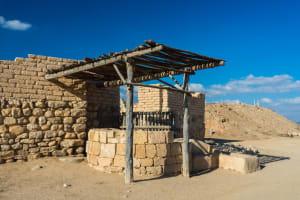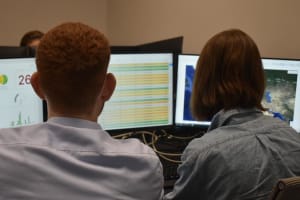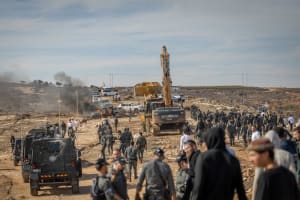Is the river of life in the Bible a real thing?
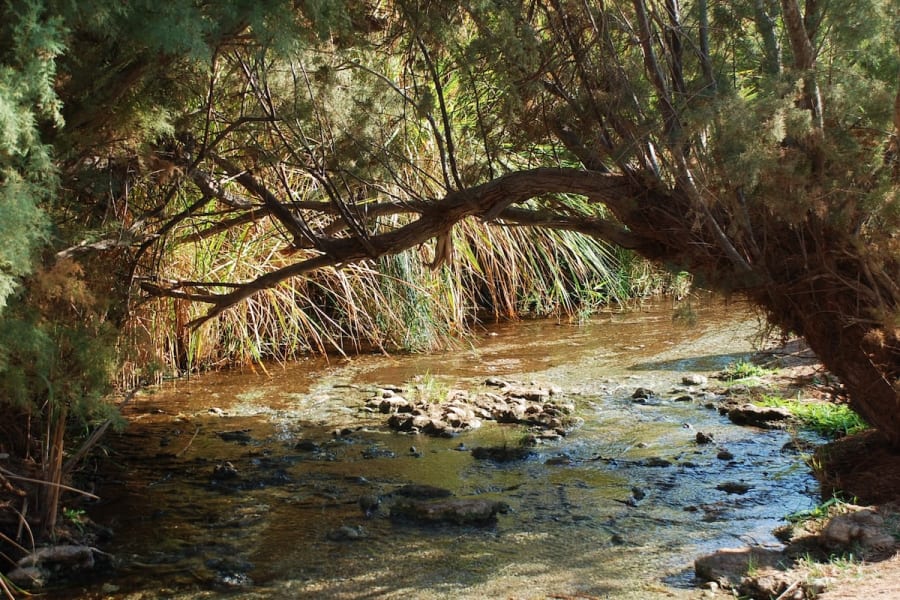
ALL ISRAEL NEWS correspondent, Oriel Moran, has been joining Levi Simon from Discover Israel Tours on trips around the country, seeing how the Land of the Bible looks today. Opening at the Messianic prophecy in Zechariah 14, Simon explained that one day there will be an earthquake and rivers of water will flow from the Temple down into the desert.
“On that day his feet will stand on the Mount of Olives, east of Jerusalem, and the Mount of Olives will be split in two from east to west, forming a great valley, with half of the mountain moving north and half moving south,” the prophet declares (Zechariah 14:4).
The prophecy continues, “On that day living water will flow out from Jerusalem, half of it east to the Dead Sea and half of it west to the Mediterranean Sea, in summer and in winter. The Lord will be king over the whole earth. On that day there will be one Lord, and his name the only name” (Zechariah 14:8-9).
While many imagine Jesus landing from heaven onto the Mount of Olives, it is not clear from the passage itself. The text simply says that His feet will stand on it. Author Joel Richardson argues in his book “From Sinai to Zion” that biblical prophecy paints a picture of the Messiah coming “up from the desert” (Isaiah 63, Zechariah 9:14, and Habakkuk 3:3 to give a few examples), and that standing on the Mount of Olives happens on the Messiah’s arrival in Jerusalem. We will find out when it happens.
However Jesus arrives there, we can all agree that His feet will stand on that spot, causing literal tectonic shaking, and the earth will move. It is now established that a fault line lies exactly where the Bible predicts this dramatic shift.
But then what comes next is a phenomenon many pay little attention to: the river gushing out from the temple (which presumably will have been built by then) and flowing down to the desert. The prophet Ezekiel elaborates:
“I saw water coming out from under the threshold of the temple toward the east (for the temple faced east). The water was coming down from under the south side of the temple, south of the altar. He then brought me out through the north gate and led me around the outside to the outer gate facing east, and the water was trickling from the south side” (Ezekiel 47:1b-2).
He describes the water starting out as a trickle and gradually running deeper and wilder until it's a fast rushing river that becomes impossible to cross. The water runs down through the Judean desert into the Arava region:
“This water flows toward the eastern region and goes down into the Aravah, where it enters the Dead Sea. When it empties into the sea, the salty water there becomes fresh,” God’s messenger explains to Ezekiel in verse 8. The Dead Sea is suddenly brought back to life and the river results in an abundance of trees and fish in the otherwise dry desert.
Leaving the Mount of Olives with its spectacular view of Jerusalem, Simon and Moran trace the path that the prophetic river will take, and end up at the northern end of the Dead Sea, just south of Jericho.
Reaching Einot Tsukim (Ein Feshkha), Simon showed Moran a freshwater oasis right next to the Dead Sea, like a sign of the goodness to come.
“This place is just something else,” marveled Moran. “A lot of people, when they think about Israel, they think just warm and hot and desert, and yes, we are in the desert, and yet, look how faithful God is, to bring water into this desert and to make it flourish. Look how green everything is,” she remarked.
Many come to bathe in the fresh, cool water and enjoy the secret oasis in the heat of the desert. Many see Ezekiel’s description of the river of life as metaphorical, not imagining it might actually come to pass, but a similar vision is described in multiple places throughout the Scriptures.
The prophet Joel confirms, “A fountain will flow out of the Lord’s house and will water the valley of acacias,” which is another name for the Aravah desert (Joel 3:18b).
The same idea also appears in many places in the book of Isaiah, such as 8:6-8, 33:21, 30:25, 35:1-7; 41:18-20; 44:3, and also in Psalm 46:4, which says: “There is a river whose streams make glad the city of God, the holy place where the Most High dwells.”
With so many references to this river of life running from the temple into the desert, Bible believers need to consider that this may really come to pass, as so much prophecy already has.
Not only have geologists discovered the fault line giving credence to the prophecy of an earthquake splitting the Mount of Olives, but the Gihon Spring in Jerusalem produces water at a rate many fail to appreciate.
Jerusalem initially developed as a city due to the existence of the spring, which is sourced toward the north of today’s Old City, and is transported to the pool of Siloam via Hezekiah’s Tunnel (or the Siloam Tunnel). The abundance of water from the spring is mentioned both in the Bible and in Josephus (Wars V, 4:1, 2 Chronicles 32:4); according to the Jerusalem Archeological Park, water gushes out of the ground at a rate of around 1200 m3 of water per day (60 m3 per hour as a minimum).
Simon pointed out that the area between the Mount of Olives and the Eastern Gate of Jerusalem is full of significance for all three monotheistic religions, and held to be a place of redemption. Yeshua promised, however, that He would not return until His own people in Jerusalem welcomed Him, saying, “Blessed is He who comes in the name of the Lord” (Matthew 23:39).
That’s when the action really begins.
“Then the angel showed me the river of the water of life, as clear as crystal, flowing from the throne of God and of the Lamb down the middle of the great street of the city. On each side of the river stood the tree of life, bearing twelve crops of fruit, yielding its fruit every month. And the leaves of the tree are for the healing of the nations. No longer will there be any curse. The throne of God and of the Lamb will be in the city, and his servants will serve him. They will see his face, and his name will be on their foreheads.There will be no more night. They will not need the light of a lamp or the light of the sun, for the Lord God will give them light. And they will reign for ever and ever” (Revelation 22:1-5).
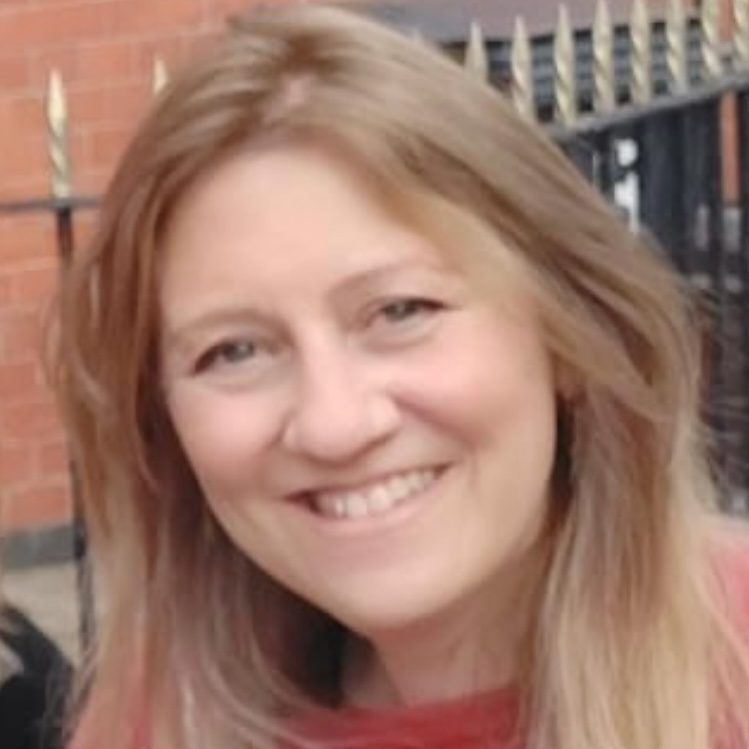
Jo Elizabeth has a great interest in politics and cultural developments, studying Social Policy for her first degree and gaining a Masters in Jewish Philosophy from Haifa University, but she loves to write about the Bible and its primary subject, the God of Israel. As a writer, Jo spends her time between the UK and Jerusalem, Israel.
You might also like to read this:


